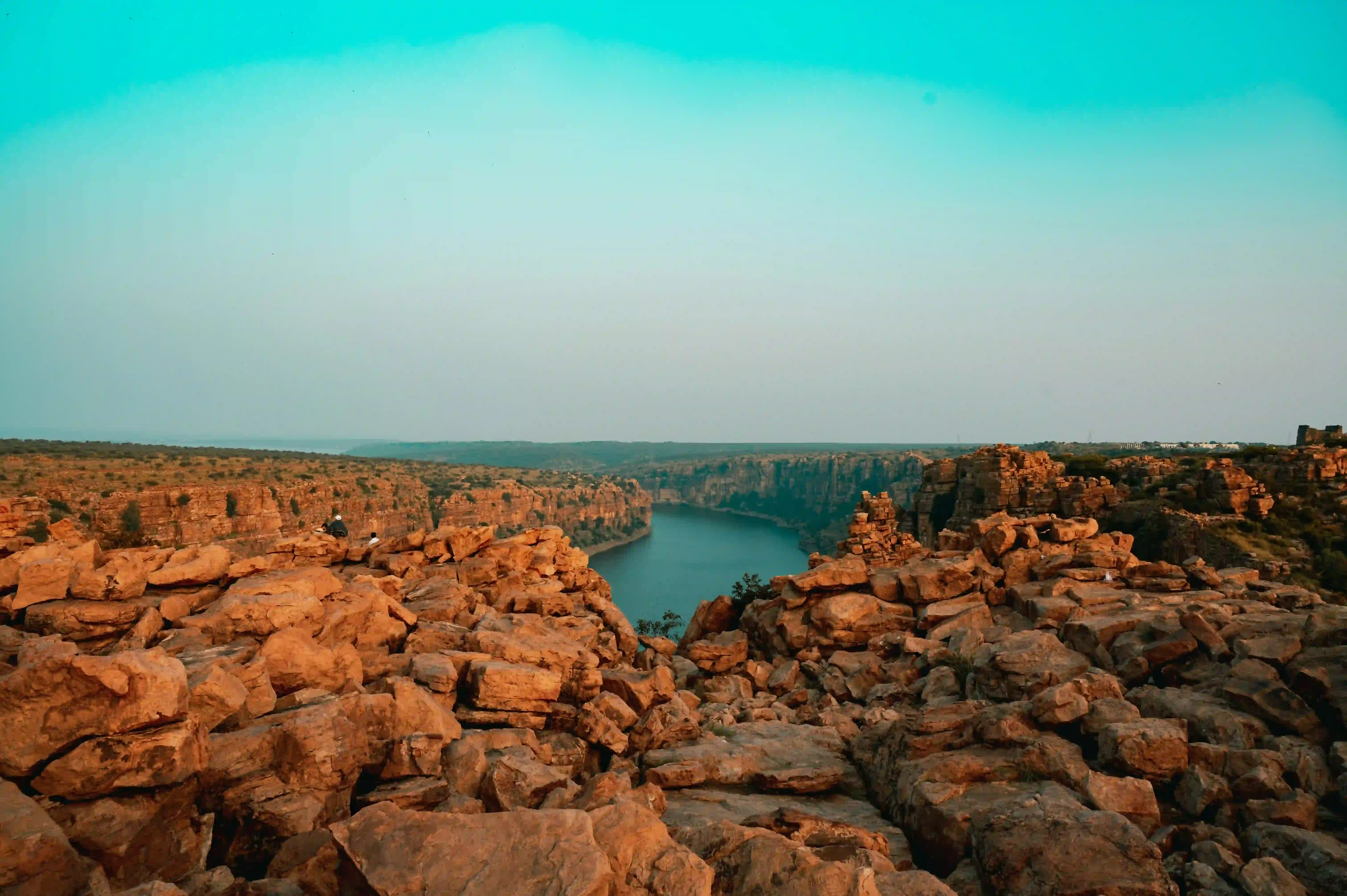Nestled in the northern part of the Andaman and Nicobar Islands, Saddle Peak National Park emerges as a testament to nature's extraordinary biodiversity and conservation efforts. Established in 1987, this ecological sanctuary represents India's commitment to preserving unique and fragile ecosystems, offering visitors a glimpse into a world where pristine wilderness meets strategic environmental protection.
The park's landscape is a vibrant tapestry of dense rainforests, perennial streams, and coastal terrains that support an impressive array of wildlife. Here, endemic species like the Andaman hill myna, imperial pigeon, and water monitor lizards coexist in a delicate ecological balance. The eight-kilometer trek to the peak provides adventurers with panoramic views of the archipelago, revealing the raw, untouched beauty of this remarkable region.
Indigenous tribes like the Nicobas and Andamanis have inhabited these islands for over two millennia, their presence intricately woven into the ecological narrative. Their traditional practices and deep connection with the land have played a crucial role in maintaining the area's natural integrity. The local administration's approach to tourism reflects a nuanced understanding of preserving both cultural heritage and environmental sanctity.
The park's biodiversity is particularly remarkable, hosting rare fauna including wild pigs, saltwater crocodiles, and numerous endemic bird species. These creatures inhabit a landscape marked by lush vegetation, rocky coastlines, and freshwater ecosystems. The carefully regulated tourism ensures that these habitats remain undisturbed, offering visitors a responsible and immersive natural experience.
Sustainable tourism practices have become increasingly important in the Andaman Islands, with Saddle Peak National Park leading by example. Guided treks, eco-friendly accommodations, and strict visitor guidelines help minimize human impact while providing meaningful engagement with this extraordinary environment. The park serves as a model for conservation-oriented tourism, balancing human curiosity with ecological preservation.
The surrounding marine environment offers additional adventures, with opportunities for snorkeling, scuba diving, and island hopping. These activities are meticulously managed to protect the delicate coastal ecosystems, allowing visitors to experience the region's natural wonders without compromising their integrity. The interplay between terrestrial and marine environments creates a unique ecological context that sets this national park apart.
Climate and seasonal variations play a significant role in the park's ecological dynamics. The best visiting period spans from October to April, when weather conditions are most favorable for exploration. During these months, visitors can witness the vibrant transformation of landscapes, observe wildlife behaviors, and appreciate the nuanced changes in the park's rich ecosystem.
The narrative of Saddle Peak National Park is ultimately a story of coexistence—between human communities and nature, between conservation and exploration, and between preservation and responsible engagement. It stands as a powerful reminder of the delicate balance required to protect our planet's most precious natural environments, offering hope and inspiration for future conservation efforts.









